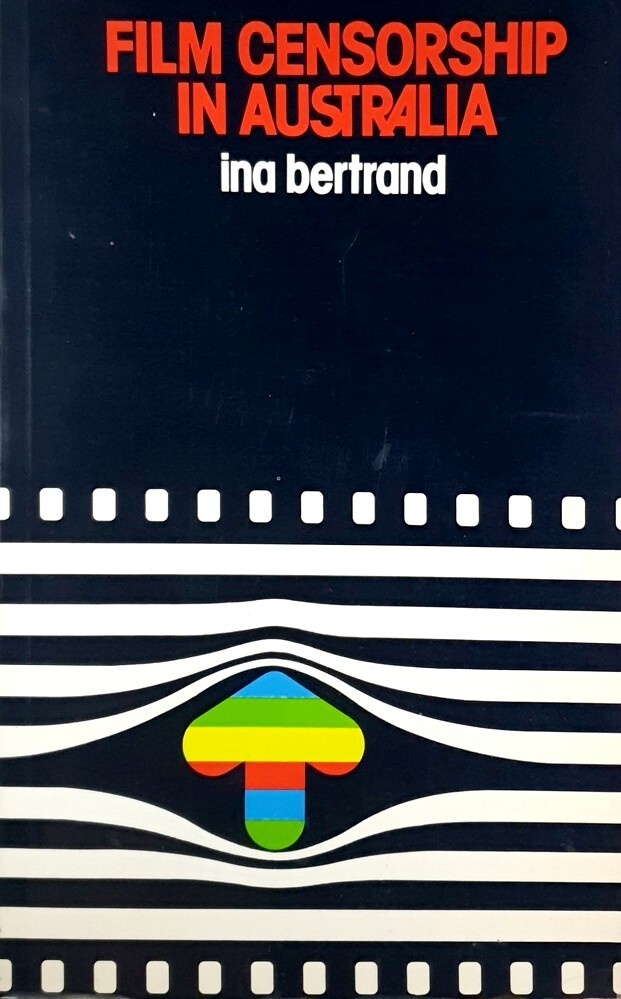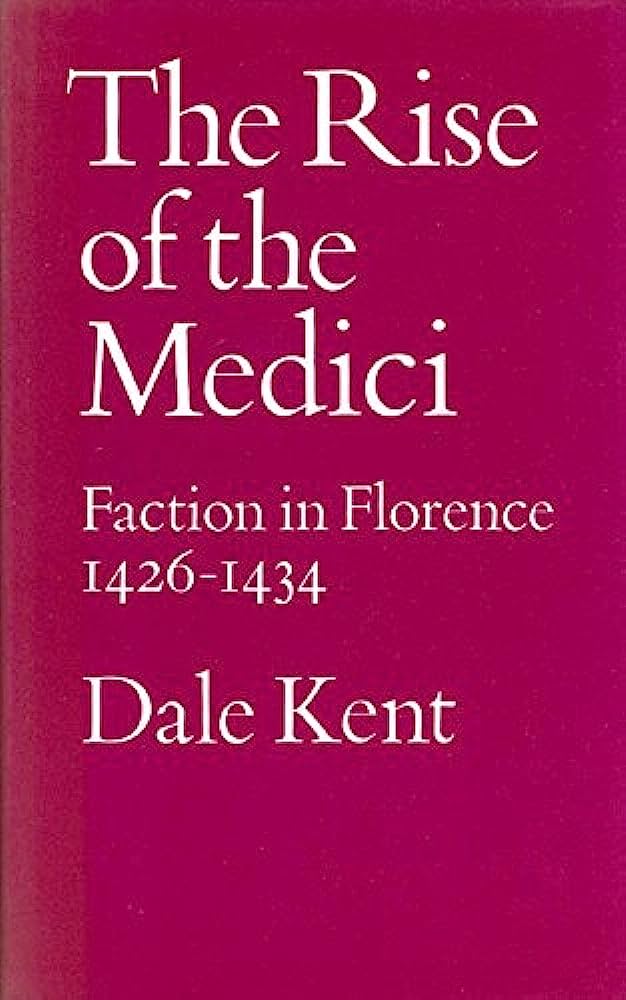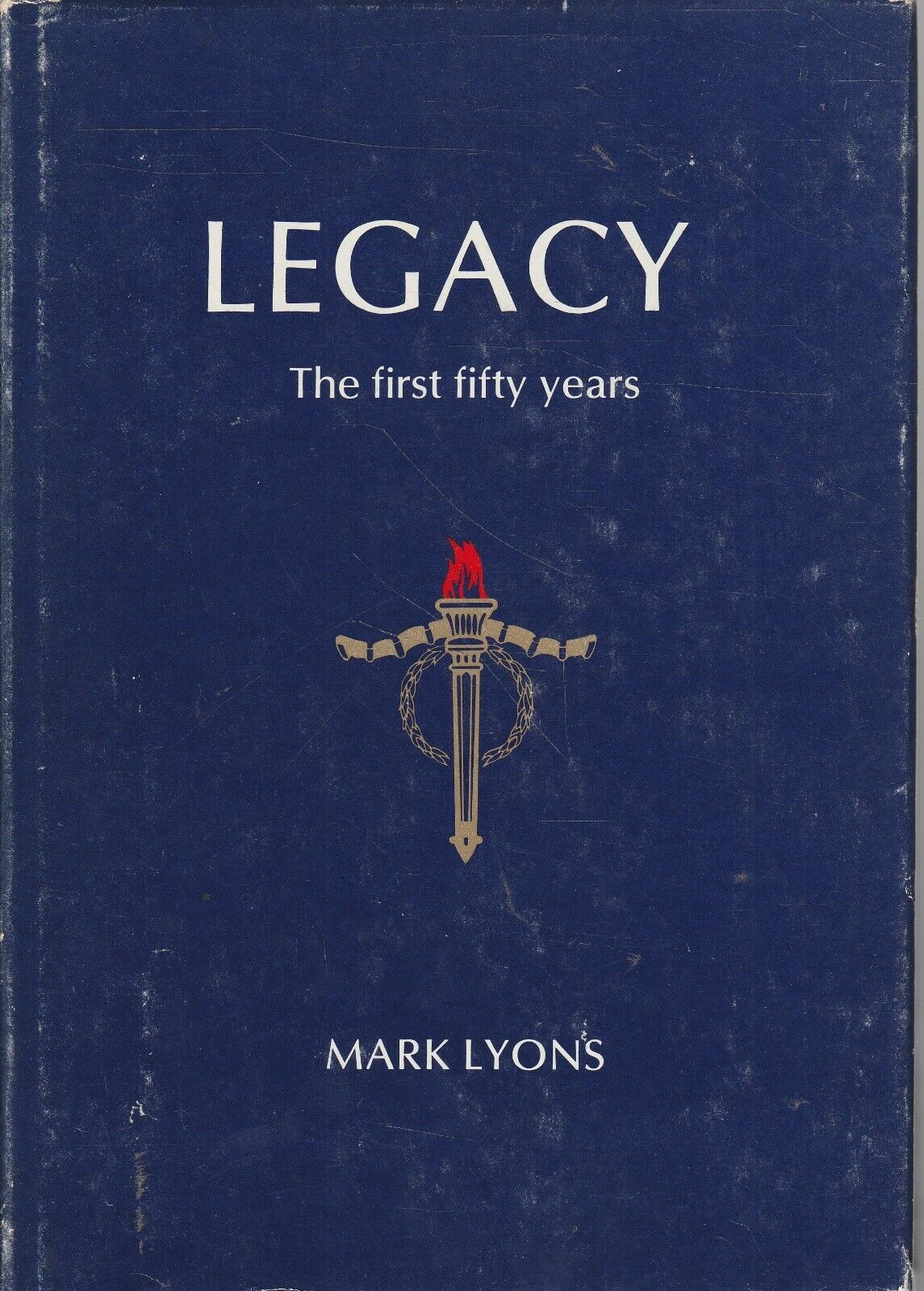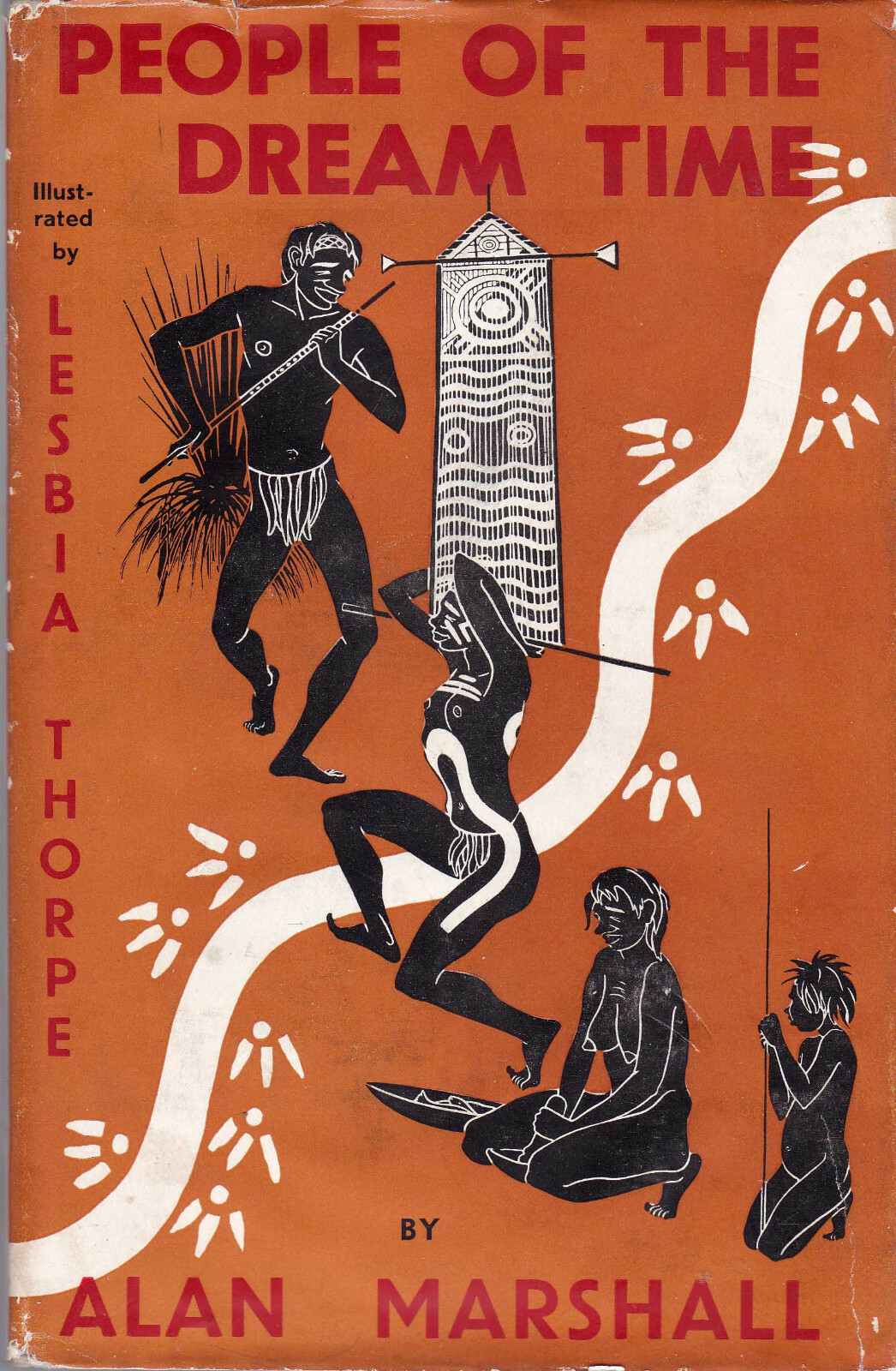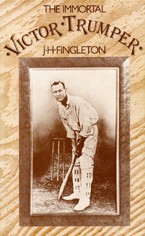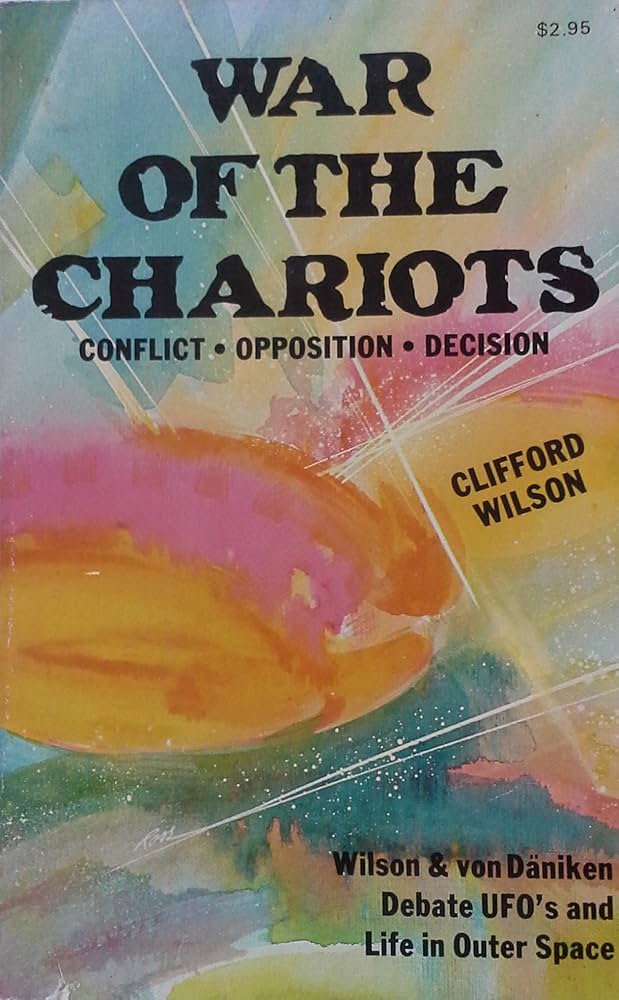History
It is difficult to decide whether this wellresearched book is an important addition to the media history of Australia, or whether it deserves a place among the chronicles of the country’s moral development, or even as another testament to the differences and divisions that are created by federal systems of governance. Ina Bertrand has diligently collected all the details of lust, licence and legislation that have beset the entertainment industry over the past century and a half. She painstakingly leads the reader through the reasons and ramifications behind the Acts of State and Commonwealth Parliaments (starting with the first Public Entertainment Act in New South Wales in 1828) by which successive attempts have been made to regulate how and what the Australian public were allowed to see.
... (read more)Australia’s First Notable Town, Maldon by Grant Blackman and John Larkin
Five years ago prominent architectural historian, George Tibbits, rated the dearth of books available to guide people’s appreciation of their historical environment as one of the major brakes on the conservation movement in Victoria. Since then a growing number of excellent publications have attempted to redress this weakness, the latest being Grant Blackman and John Larkin’s Maldon. It follows closely on the heels of Burchett’s work on East Melbourne and has a similar format and high quality of production. Blackman’s photographs in black and white and color beautifully capture the town’s flavor and are at their best with the more intimate details of verandah variances, padlocked intimate doors, details and of cemetery headstones. Some of the more panoramic plates might have been more sharply reproduced and it is unfortunate that one or two of the captions are repetitive. Well-chosen historical photographs are interspersed to complement the modern views. The Gill sketches do not portray Maldon itself and will be familiar to readers other goldfield histories. The four David Drape paintings, on the other hand are of early Maldon scenes and one regrets that they were not reproduced in colour.
... (read more)The Rise of the Medici: Faction in Florence 1426–1434 by Dale Kent
Few families in Italian history have enjoyed a fame greater than the Medici whose name has become inseparably linked with the Renaissance. It is paradoxical, therefore, how little has really been known, until recently, of how Cosimo, the founder of its predominance in Florence, paved the way for the establishment of the power it was to exercise over that city. Nicolai Rubinstein, some years ago in his Government of Florence under the Medici, showed how its ascendancy was maintained through a complex system of electoral controls, but it is only now, with the appearance of Australian historian Dale Kent’s study, The Rise of the Medici, that a clear picture is beginning to emerge of the process by which the Medici first issued from the ranks of the Florentine ruling class to the position of dominance which they gradually consolidated over the six decades following Cosimo’s triumphant return from exile in 1434.
... (read more)Given the measure of promise in Archbishop Booth’s formative years, what this memoir calls his ‘golden years’ seem sadly unproductive of lasting substance. The outward flourish of his last years in public office, and the great farewell at the Olympic Pool, do not conceal but rather emphasise the feeling the reader has that he did not nourish his diocese at the spiritual depth it needed to face the sixties.
... (read more)This is the jubilee history of a unique Australian institution. Legacy, initially a club of World War I veterans, aiming to help each other re-establish themselves in civilian life, quickly became an organization concerned to assist the dependents of dead or incapacitated servicemen. Though the age of legatees is rising, the number of elderly widows increasing, and the number of dependent children declining, this remains its raison d’être. Forty-seven Legacy clubs today spend nearly $3,000,000 annually on some 100,000 widows and children in addition, personal assistance – leading youth groups, acting as advisers to bereaved families – continues the paramount part of Legacy’s service.
... (read more)This Sin and Scandal: Australia’s population debate 1891–1911 by Neville Hicks
Perhaps no other social attitude has changed so markedly in this century as the prevailing public reaction towards the question of the limitation of population growth and the use of birth control devices.
... (read more)The functions of literature in a society are many and varied and often there is a good correlation between what a people’s literature says about them and what they say about themselves. This is certainly true of the traditional literature of the Aborigines of Australia as exemplified in their myths and legends and of the traditional pattern of life which, laid down in The Dreaming, was followed so well until the European settlement and the resultant culture clash.
... (read more)One of the joys of reading Jack Fingleton on cricket is that the personality of the author illuminates every page. It is not merely that Fingleton’s style is the man himself; his work transcends a Parnassian obsession with manner of expression. Just as one expects existentialism in every scene of a Sartre play and Shavian philosophy in every line of a Shaw prologue, the reader would be disappointed if he did not discover a highly individualistic and forceful viewpoint on cricket eloquently expounded in each chapter of a Fingleton book.
... (read more)This is an account of a debate held at North Dakota State University between Erich von Daniken and Clifford Wilson, on the subject ‘Does the historical and archaeological evidence support the proposition that ancient human civilisation was influenced by astronauts from outer space?’ on Saturday 11 February 1978. Von Daniken is the author of several books advocating this proposition. These books have sold very well. Wilson has written several books attacking Von Daniken’s position. He is a senior lecturer in education at Monash University in Victoria; describes himself as an archaeologist, and as a ‘Bible-believing Christian.’
... (read more)The technique known to social scientists as a ‘one-shot case study’ is not new in the field of Aboriginal studies. The pioneer work was Mahkarolla and Murngin Society, in the anthropological work, A Black Civilization, by W. Lloyd Warner, 1937. This appendix was a short life story of an Aboriginal man told in the first person. It is difficult to know whether such works should be classified as biographies, autobiographies, or simply as life stories. The next book in this field was Tell the Whiteman, by H.E. Thonemann. This was the life story of an Aboriginal Lubra, Buludja, and appeared in 1949. In 1962 appeared I, The Aboriginal, the story of Waipuldanya or, whitefella name, Phillip Roberts, put together from 100 hours of interviews by the well-known journalist, Douglas Lockwood. Lamilami Speaks, published in 1974, was touted as an autobiography, but it is the joint effort of many minds, though this does not detract from the interest of the story. Most of these books are about traditional Aboriginal people, but life stories have been made of Lionel Rose, Sir Douglas Nicholls and Reg Saunders, the first Aboriginal army officer.
... (read more)

